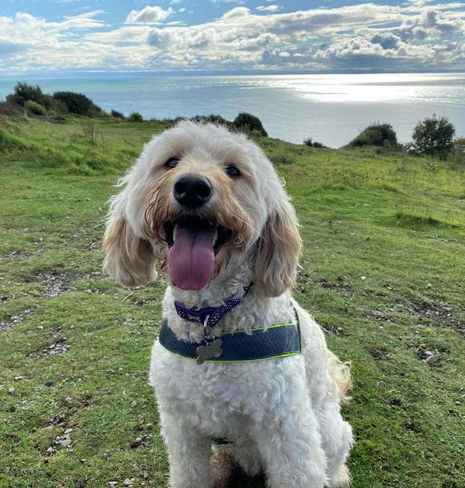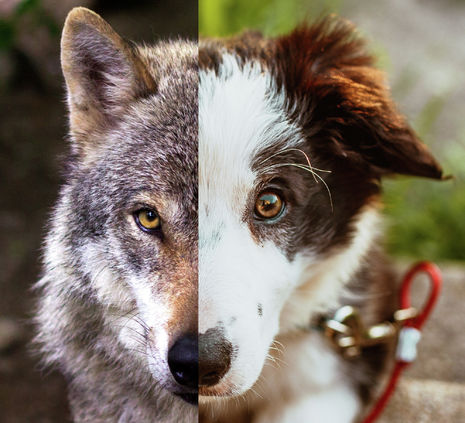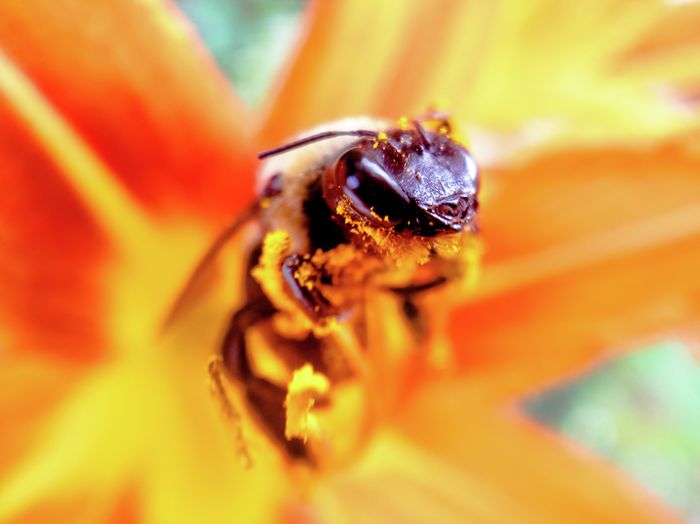The story of canine domestication, and why it’s important to every human
Erin Tan explains how dogs and humans came to live side by side, and how they’re able to understand us so well

Picture this:
You’re a hunter-gatherer at the end of the Ice Age. You notice a few creatures prowling around the scrap heap that your tribe keeps outside your home, and so you approach. As you do so, most of them flee – but one, lone wolf remains. It doesn’t run, and it doesn’t attempt to bite you, as its contemporaries would have.
Over time, this wolf endears itself to you – first it scavenges upon your scraps, and then it hunts by your side, and at last, when it passes, you bury it as you would your kin. It has become more than a predator you fear; it has become part of your family.
Most will recognise this as the story of the domestication of the dog. It has been much romanticised and accelerated, admittedly, but it does capture one very important fact: that we share a unique relationship with dogs. It is a relationship that is millennia old, and one that has evolved and shaped humanity since it first began.

The conundrums of canine domestication
Dogs were the first animal to become domesticated; at least 14,000 years ago, the Bonn-Oberkassel dog was buried in such a way that indicates it was treated affectionately while it lived. Dogs probably also domesticated themselves when they first approached us for scraps.
However, we don’t know exactly when or where domestication first occurred. Some DNA studies posit that dogs were brought over to the West from Asia 16,000 years ago, but other fossils from 32,000 years ago show that dogs were in Europe before this migration. A theory formulated in 2016 appears to reconcile the plethora of conflicting information, proposing that domestication might have happened twice – once in Europe, and once in Asia.
But that begs the question: why should we care about how dogs were domesticated? What do we gain from knowing?
“It is by studying their origins that we can see how both dogs and humans adapted to our new lifestyles”
The answer is this: we study dogs. We learn how intelligent and how loyal they are, and how they’ve changed to become this way. It is no coincidence that dogs have become entrenched in our lives, more so than other non-human animals (cat people, agree to disagree) – they’ve managed to adapt to fit the ever-changing lifestyles of their new masters.
And we, too, evolved in many of the same ways. By studying the changes in dogs, we can see how both of us have changed in tandem, to paint the familiar picture of today: Man, the coloniser of the planet, and Man’s best friend, instrumental to the former.
Working together
Dogs have learned to understand our communication well. For example, a study found that dogs could understand human pointing, while chimpanzees failed miserably.
Pointing is significant – consider that someone pointing at you could actually mean a number of things. Are they attempting to show you something on their wrist, or to spontaneously emulate Christ the Redeemer? For a member of another species, like a chimpanzee, it’s just like trying to comprehend a foreign language.
Being able to decipher a point, then, shows a true understanding of human communication – something that babies learn as early as seven months old. The fact that dogs and even puppies can do it too seems to indicate that this canine understanding is a genetically-conferred ability. Another piece of evidence that suggests this is that some dog breeds are better at it than others.
It’s no surprise that dogs have evolved this skill, however, when you think about how figuring out and working together with other humans has been so pivotal to humanity's success. Inter-human hyper-cooperation is something that we evolved too, and dogs have managed to co-opt that, integrating themselves into our social circles.
Appearance matters

Compare a wolf, a Husky, and a Bulldog, and it’s enough to make you wonder – why do they all look so different?
The answer is selective breeding: for agreeability, ability, and adorableness. An experiment on silver foxes showed the importance of tameness. As successive generations of foxes were selected for docility, new traits began to emerge – floppy ears, curly tails, shorter snouts – which suggested a genetic linkage between tameness and dog-like appearances.
Also, as dogs began to move into different parts of society, they were bred to fit our specific purposes – squat and long Dachshunds to dive into badger burrows, powerful and muscular Mastiffs to guard homes, and baby-like Pugs as companions to Chinese emperors. Dogs and the wide range of appearances they’ve acquired mimic humanity's own expansion into many different classes and fields of work, even from the very start when they were hunters by our ancestors’ sides.
That brings us full circle; now, back to the story of our hunter-gatherer.
Dogs could not have predicted that society would change so drastically in the millennia that followed. And if they were to understand what COVID-19 has done to our world, they just wouldn’t believe it.
But even through the turbulence of our history, dogs have persisted by our side. Recently, rates of dog adoption have gone up, suggesting that in times of isolation, humans turn to dogs for a reminder that their companionship is always close at hand, just as it has always been. It is by studying their origins that we can see how both dogs and humans adapted to our new lifestyles. Through their eyes, we see ourselves through a new lens; our story would be incomplete without their story too.
 Features / How sweet is the en-suite deal?13 January 2026
Features / How sweet is the en-suite deal?13 January 2026 Arts / Fact-checking R.F. Kuang’s Katabasis13 January 2026
Arts / Fact-checking R.F. Kuang’s Katabasis13 January 2026 News / Uni members slam ‘totalitarian’ recommendation to stop vet course 15 January 2026
News / Uni members slam ‘totalitarian’ recommendation to stop vet course 15 January 2026 News / SU sabbs join calls condemning Israeli attack on West Bank university13 January 2026
News / SU sabbs join calls condemning Israeli attack on West Bank university13 January 2026 Comment / Will the town and gown divide ever truly be resolved?12 January 2026
Comment / Will the town and gown divide ever truly be resolved?12 January 2026










